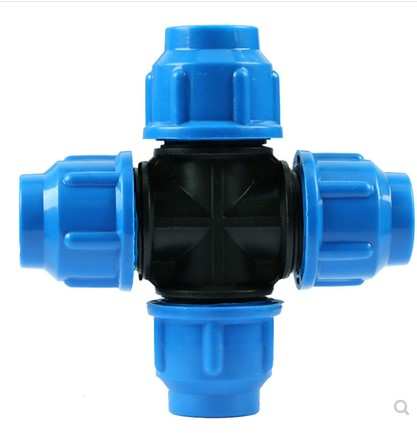Sep . 23, 2024 03:13 Back to list
pvc to hdpe connection product
Connecting PVC to HDPE Key Products and Considerations
When it comes to modern plumbing and piping systems, the use of diverse materials is commonplace. Among these, PVC (Polyvinyl Chloride) and HDPE (High-Density Polyethylene) are two of the most widely utilized due to their distinct properties and advantages. However, connecting these two types of materials can present challenges, necessitating the right products and methodology for a secure and reliable connection.
Understanding PVC and HDPE
PVC is known for its rigidity and resistance to corrosion, making it a popular choice for building construction, drainage, and plumbing applications. It is lightweight, easy to handle, and has a long service life. On the other hand, HDPE is valued for its flexibility, high tensile strength, and resistance to impact and chemical damage. It is extensively used in applications such as water and gas distribution, landfill liners, and for piping in agricultural and industrial sectors.
Despite their individual advantages, there are instances where PVC and HDPE need to be connected, especially in projects that require the integration of existing systems with newer installations.
Connection Products Available
To facilitate the connection of PVC to HDPE, several products are commonly used
1. Transition Fittings These specially designed fittings are crucial for connecting PVC and HDPE pipes. They often have one end designed to fit PVC and the other to accommodate HDPE. Transition fittings are manufactured from durable materials to ensure long-lasting performance under varying pressures and conditions.
2. Flange Adaptors Flange adaptors provide a versatile means of connecting PVC and HDPE piping systems. They can be bolted to flanges of either material, allowing for a secure and robust joint. This is particularly useful in applications where pipes need to be frequently disconnected and reconnected.
pvc to hdpe connection product

3. Couplings PVC-to-HDPE couplings are essential components in the piping industry. These couplings provide a straightforward way to join pipes of different materials. Using a coupling designed for both PVC and HDPE ensures that the connection is leak-proof and can withstand the pressure of the fluids being transported.
4. Adhesives and Sealants In addition to mechanical fittings, specific adhesives and sealants may be used to improve the strength and integrity of the connection. However, care must be taken to choose products that are compatible with both materials to prevent failure.
Considerations for Connection
When connecting PVC to HDPE, it is essential to consider several factors
- Compatibility Always ensure that the products used are compatible with both PVC and HDPE.
- Pressure Ratings Understand the pressure ratings of both materials and ensure that the connection can accommodate the required pressure without failing.
- Environmental Factors Consideration of the environment in which the pipes will be installed is crucial, as factors like temperature and soil conditions can affect the longevity of the connection.
In conclusion, connecting PVC to HDPE requires careful selection of products and methods. With the right transition fittings, couplings, and precautions, a reliable and efficient piping system can be achieved, benefiting from the strengths of both materials. As advancements in pipe technology continue, the process of connection becomes ever more efficient, paving the way for better infrastructure development.
-
HDPE Compression Fittings Durable & Reliable PP Compression Fittings Supplier
NewsJun.24,2025
-
High-Quality PVC Borehole Pipes - Durable Pipes from Leading PVC Manufacturer
NewsJun.10,2025
-
High-Quality PVC Borehole Pipes Types of Pipes by Leading PVC Manufacturer
NewsJun.10,2025
-
Durable Screen Pipes & HDPE-PVC Connectors Expert Solutions
NewsJun.10,2025
-
Premium HDPE Conduit Pipes Durable & Corrosion-Resistant
NewsJun.10,2025
-
Premium HDPE Elbows Durable Corrosion-Resistant Piping Solutions
NewsJun.09,2025

